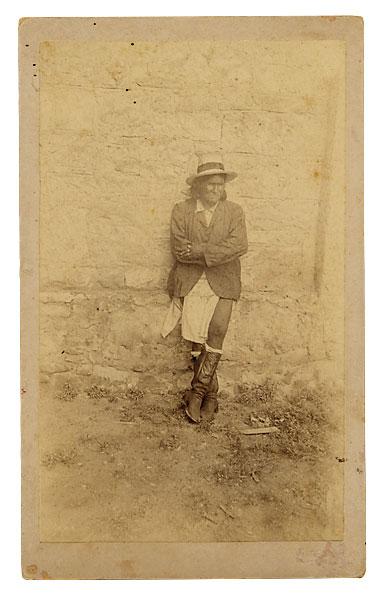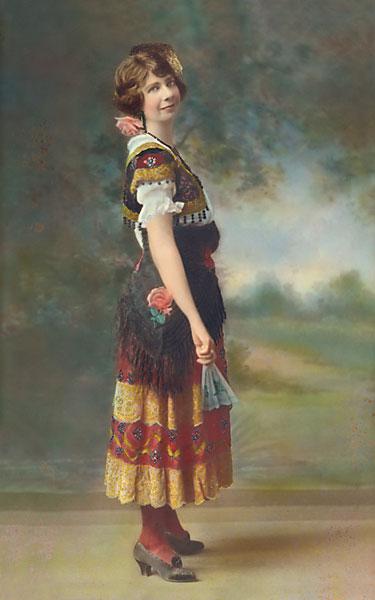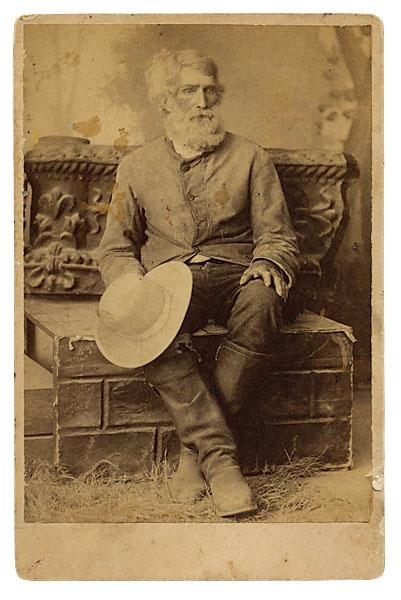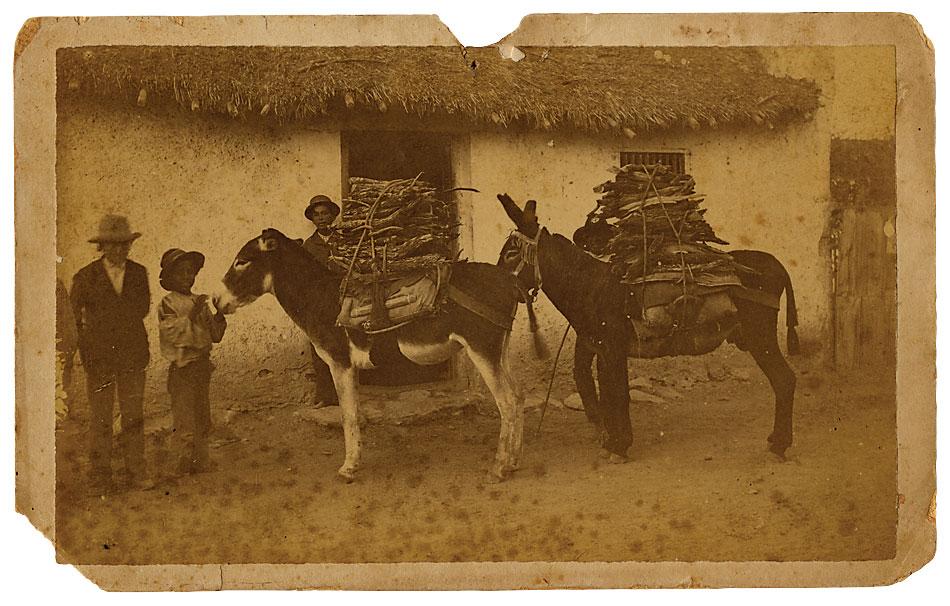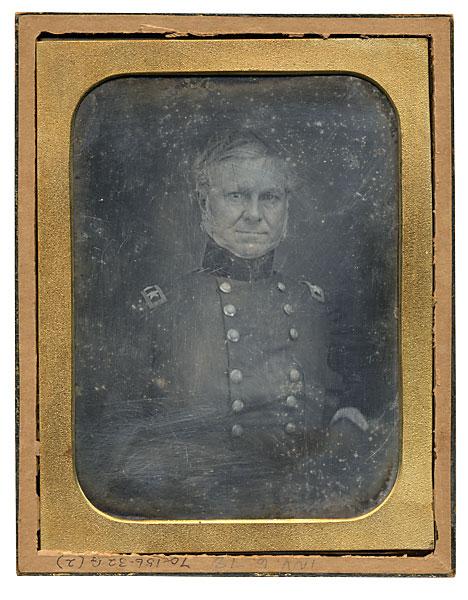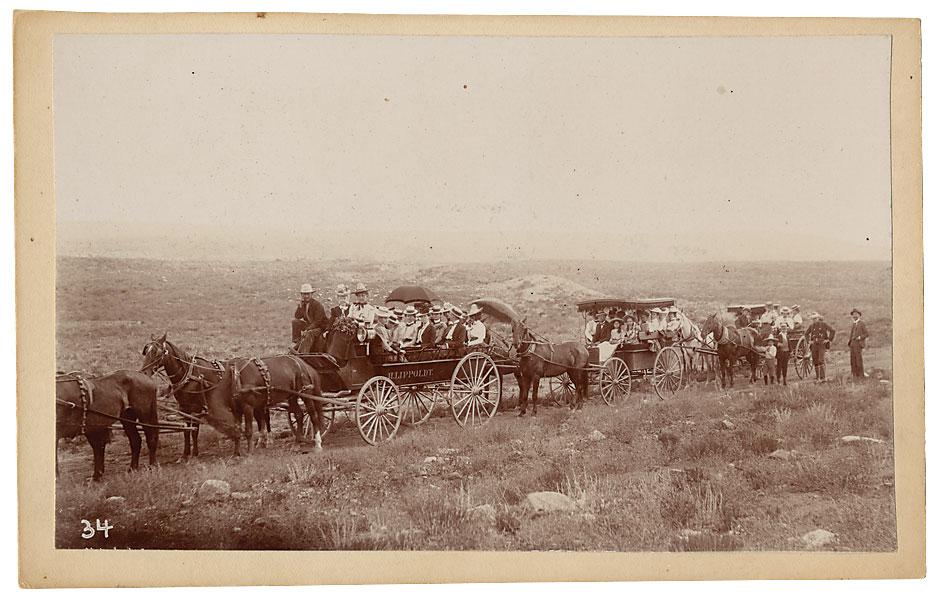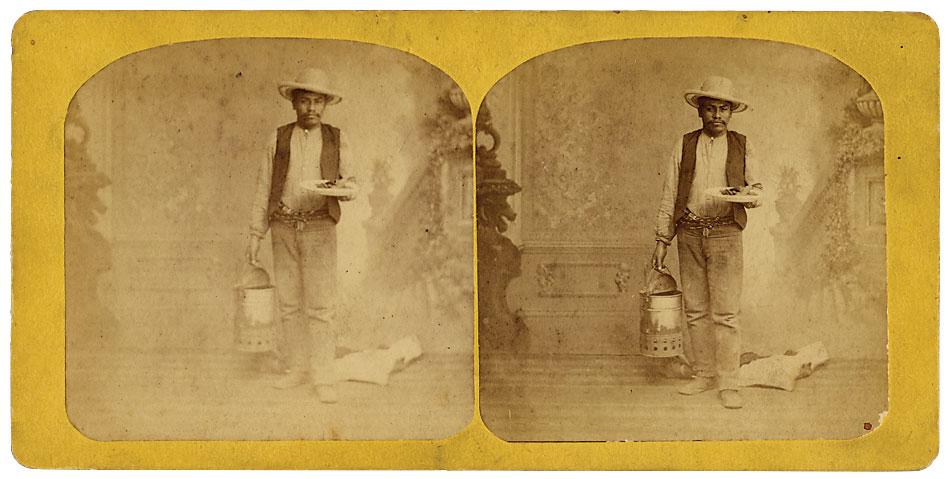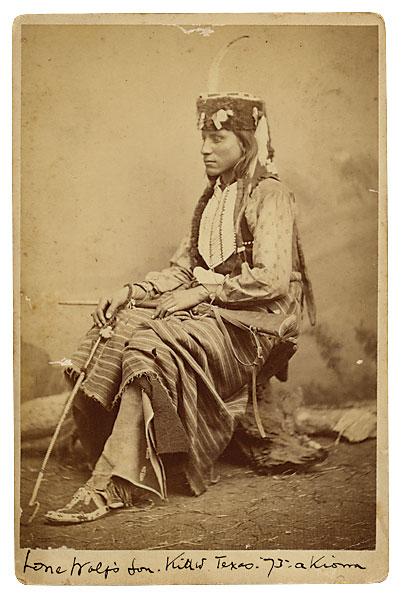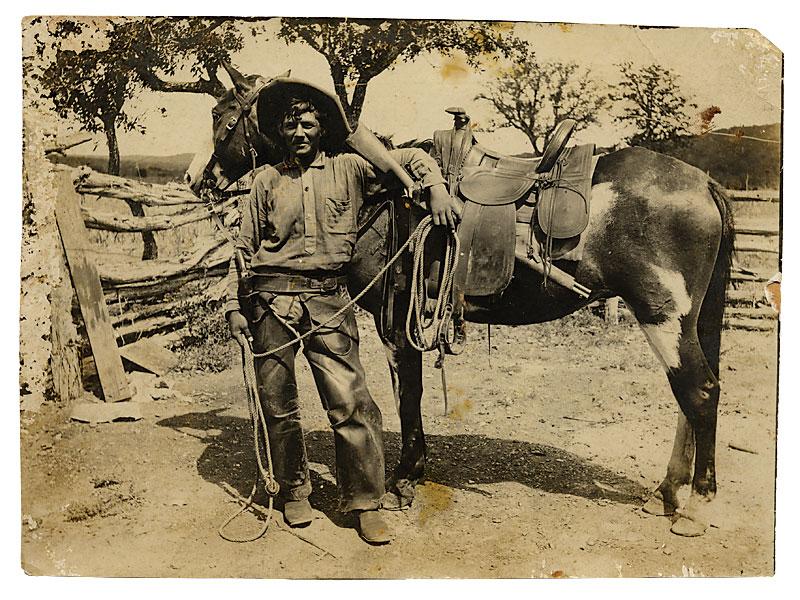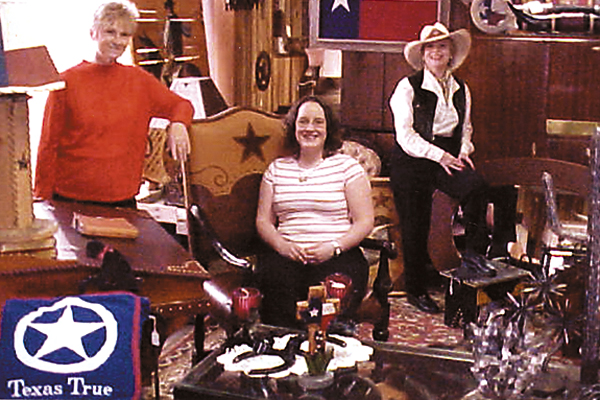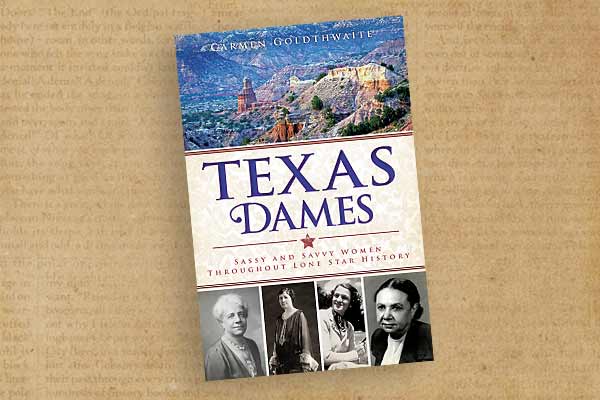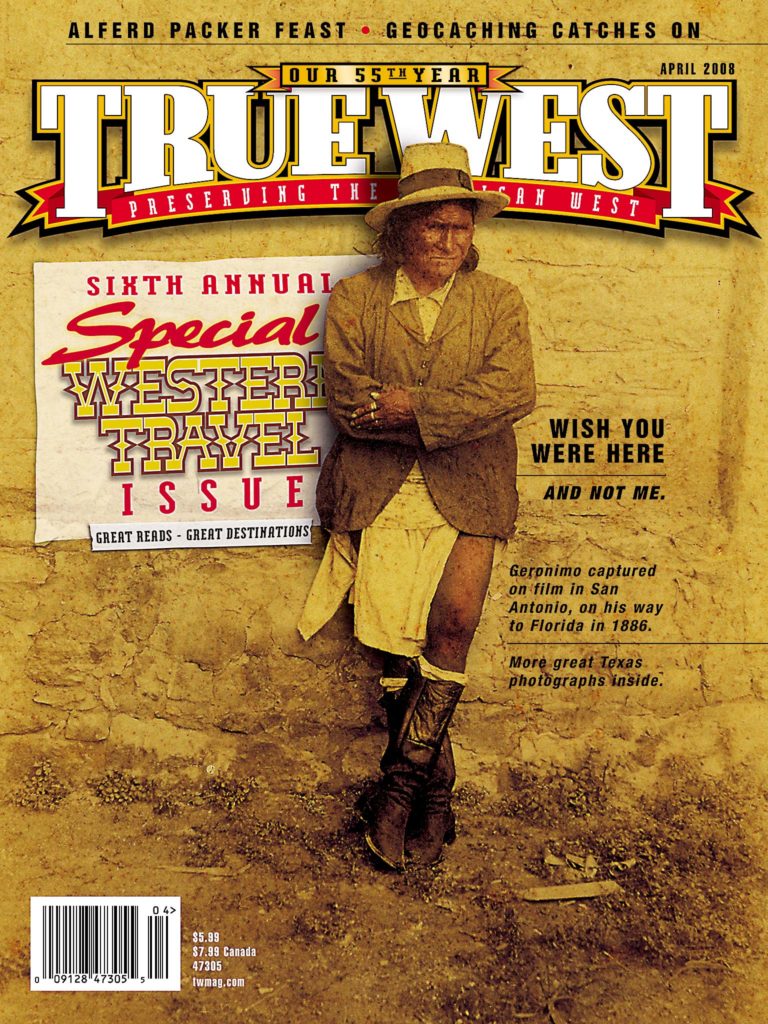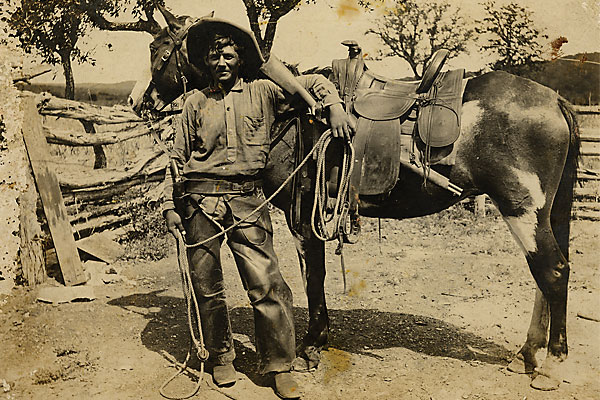
As a teen in the 1880s, my great-grandfather Tolbert Alexander Burford worked as a wrangler and cowboy during the end of the great cattle drives.
In the early 19th century, Granddad worked for John B. Slaughter on the Square & Compass ranch near Post, Texas, and with his earnings bought a ranch outside of Ovalo. I was born when Granddad was 80 years old and grew up wandering around his ranch. I have pictures of his family from just after the Civil War until his death at 96 years old in the 1960s. Granddad Burford was a true Texas cowboy—honorable and upright— and it is his influence to which I attribute much of my interest in South Texas history and photography.
In 1989, I went to work for San Antonio’s Witte Museum as the Guest Curator for “Thundering Hooves: 500 Years of Horsepower in the American West,” an exhibit about the history of ranching and its Spanish origins in Texas and Mexico. I was back at the Witte in 2006-2007 as the curator for “A Wild and Vivid Land: Stories from South Texas,” another exhibit covering the history of what was then the Texas frontier and its residents, ranchers and cowboys. The influence of my families’ ranching history was indispensable in creating the exhibit narratives.
While working on a show titled “Lens on South Texas,” again at the Witte Museum, I was able to reconnect with my great-grandfather through the museum’s collection of photographs taken during the late 1800s and early 1900s. Aging South Texas pioneers and their families were looking for a safe repository for their photographs and artifacts just as San Antonio’s Witte Museum was being established in 1926. The result is the Witte’s collection of South Texas photography, which now numbers more than 5,000 images. The images catch South Texans in formal and informal moments in studios, at home, at work and at play. The collection provided moments that felt as though I was rediscovering real people—some of whom may have known my great-grandfather—and it was almost like having lunch with them.
The compelling images over the next few pages document the evolution of photography in South Texas as well as unique perspectives of a region that in many ways remains a frontier even today.
Photo Gallery
Geronimo at Fort Sam Houston, 1886: After years of conflict in the Arizona desert, Chiricahua Apache warrior Geronimo surrendered with his band. En route by train to prison in Florida, the group was held for more than a month at San Antonio’s Fort Sam Houston, where members were photographed numerous times by local photographers. Here, the captive warrior wears a traditional Apache breechcloth with a dress coat, straw hat and his favorite cowboy boots. Geronimo died at Fort Sill, Oklahoma, in 1909, still a prisoner of war.
– All images courtesy Maverick Publishing Company –
The bright colors of Bessie Timon’s Spanish-style dress would not have been very striking in black and white, so the photographer had the entire photo hand colored. Married to Walter F. Timon, a prominent South Texas lawyer, judge and politician, Bessie traveled between homes in San Antonio, Corpus Christi and the family ranch in San Patricio County.
San Antonio’s William Alexander Anderson “Bigfoot” Wallace stood 6’ 2,” was a former prisoner of war in Mexico with Samuel Maverick and John Twohig, served as a Texas Rangers captain and drove a mail hack between San Antonio and El Paso.
This portrait of Mexican War hero Maj. Gen. William Jenkins Worth may be one of the earliest daguerreotypes made in San Antonio. Worth enlisted in the Army as a private in the War of 1812 and rose to command troops victoriously in several battles of the Mexican War. Shortly after the end of the war, he was assigned command of the U.S. Army Department of Texas, based in San Antonio, where he died of cholera on May 7, 1849. The city of Fort Worth is named in his honor.
Riding may have been bouncy and slow, but groups of friends could still enjoy going out into the country for day trips on tour wagons that could each hold 10 to 15 passengers.


